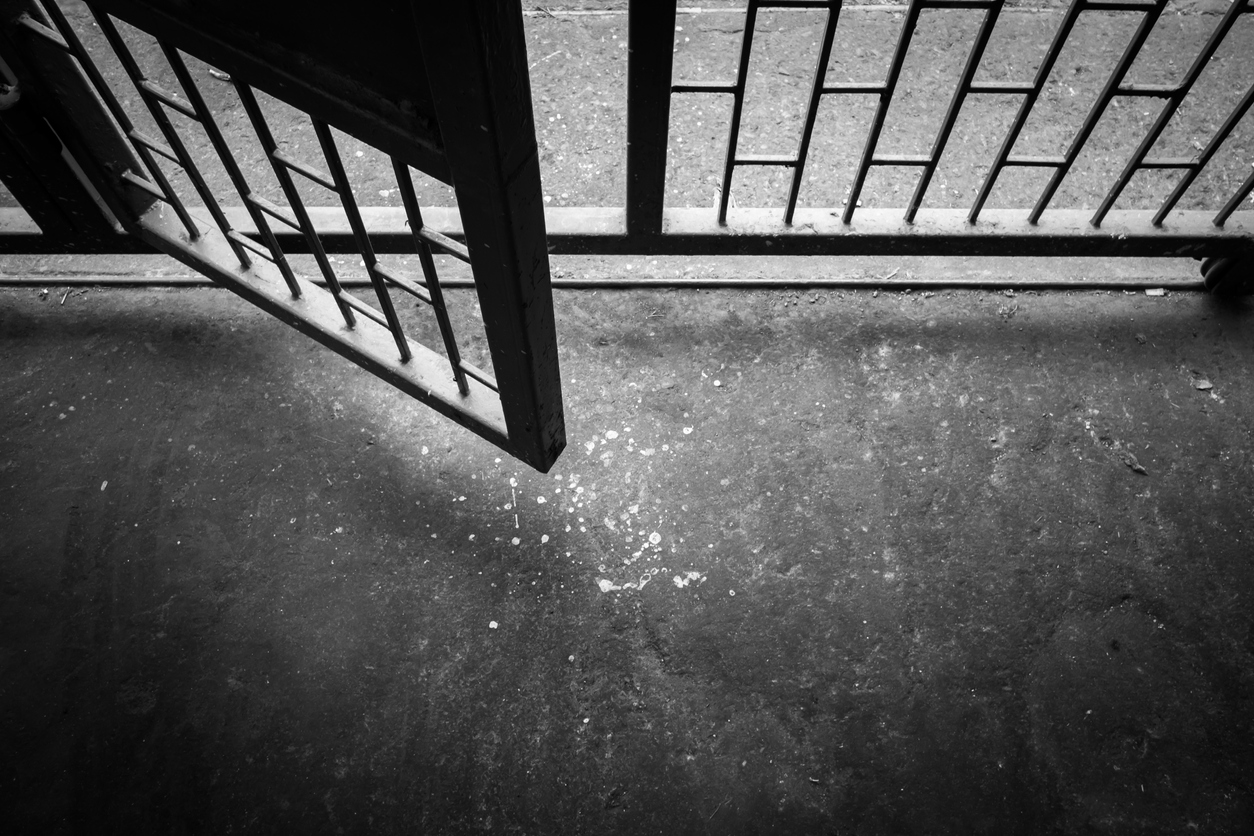In Bureau of Prisons (BOP) custody, an incarcerated person can earn “good time credits.” Good time credits are incentives for good behavior. And, as long as someone maintains good behavior in prison, good time credits reduce the actual amount of time that person will remain in BOP custody. In fact, federal law specifically says you can reduce your sentence by up to 54 days each year as long as you “display[] exemplary compliance with institutional disciplinary regulations.”
What are the rules for good time credits?
Under 18 U.S. Code § 3624(b), “a prisoner who is serving a term of imprisonment of more than 1 year other than a term of imprisonment for the duration of the prisoner’s life, may receive credit toward the service of the prisoner’s sentence of up to 54 days for each year of the prisoner’s sentence imposed by the court, subject to determination by the Bureau of Prisons that, during that year, the prisoner has displayed exemplary compliance with institutional disciplinary regulations.”
Although the statute says that you can earn 54 days per year, that’s not how the BOP does it. In reality, those in BOP custody can only earn 47 days of good time credit every year because of the way the BOP counts. This seven-day shortcut is obviously frustrating. But, still, good time credit is a way that you can take a month and a half off your sentence every year. In addition to the Residential Drug Abuse Program (RDAP), good time credits are probably the best way to get out of prison sooner.

Who is eligible for good time credits?
The answer to who is eligible for good time credits is straightforward. There are basically two requirements. First, you must be a federal prisoner. This means that you were sentenced in federal court. And it also means that you are in a BOP facility. If you are a state prisoner, you are not eligible for good time credits under federal law. (It’s worth noting, though, that some states have their own good-time-credits laws.) Second, you must be serving a term of imprison that’s longer than one year. This means that it must be at least 12 months and one day.
How do you earn the full 54 (or 47) credits per year?
As indicated above, federal law states that you can earn up to 54 days of good time credits per year. But the BOP calculates this in a weird way. You have to finish a year (i.e., 365 days) before you get your 54 days. If you truly earned 54 days per year, the BOP would have to award you 54 good time credits on the 311th day of the year, not the last day. FAMM does a good job of explaining why this is a problem here.
Another important thing to know is that making progress toward earning a GED or high school diploma makes a difference. If you’ve earned a GED or diploma or are trying to, you can get the maximum of 54 (or 47) days. But if you aren’t trying to earn a GED or diploma, you can only earn up to 42 days. And, making matters worse, that number is still reduced by what FAMM calls “the BOP’s creative math.”

The Takeaway:
If you’re incarcerated in a BOP facility, you can reduce your sentence through good time credits. Every year, you can reduce your sentence by 54 (or 47) days. Other than participation in RDAP, this is one of the best ways to reduce your prison sentence.






